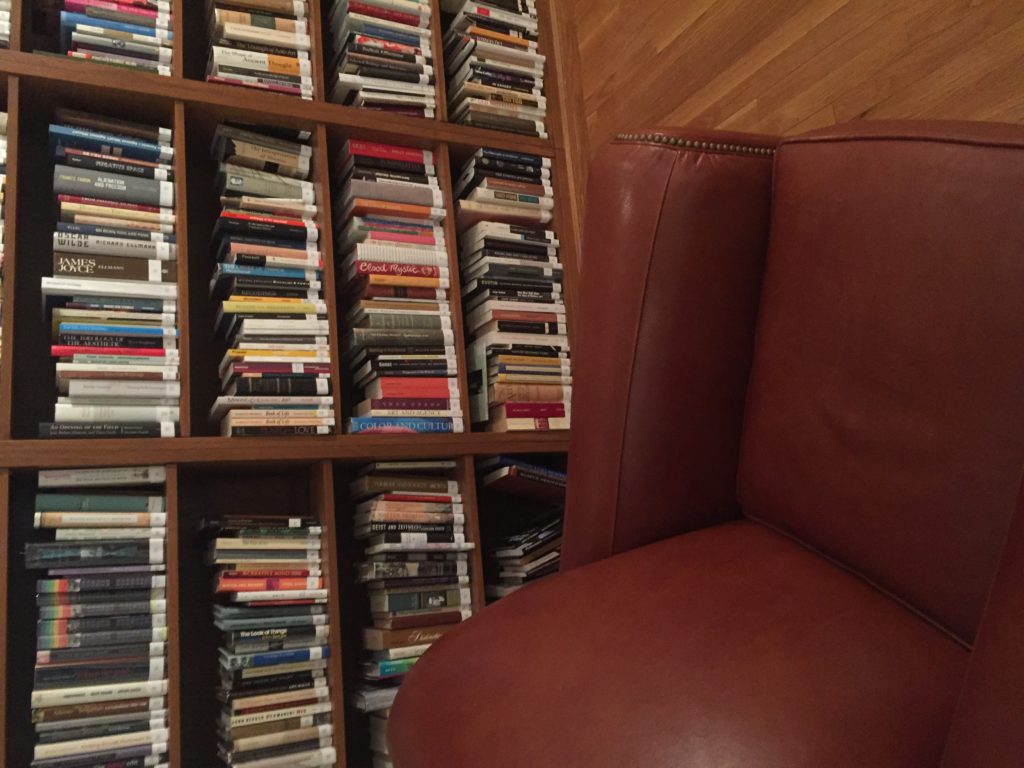
A critic is someone who meditates on the spirit of an age. What this kind of meditation requires is two-fold. First, the need to ask and grapple with questions. Hard questions, regarding whatever might be at stake. Second is the importance of making finer and finer distinctions, with clarity, always, as the anchor of every endeavor. So perhaps the first question is, what is the spirit of this age? The answer is not far away.
We are now at an age where humans have more proximity to images than ever before. We make them, carry them about, are included in them or go to see them. There are even arguments for how we are presently in what is considered as the age of the image. Beyond the theory of things however, what holds true is the importance of images in social and political contexts⏤whole ideologies are formed, judgements are passed and psyches affected in response to images.
The importance of images in our age is therefore a cogent reason to investigate their place in the world⏤the intents with which they are made, the roles they occupy, how we respond to them. To do this effectively, there is the need for some guideline, but only as a matter of practicality. As critics, we have placed politics as a marker, a central concern around which we can build our theses. What we consider political is expansive, allowing for coverage from personal relationships to government decisions.
Because good criticism is impossible without good writing, our venture will include paying serious attention to both the crafts of writing and of criticism as twin-tools in our trade. Our aim is to employ language that is not academic but is ferociously intelligent. This isn’t a concession to accessibility; instead it is an experiment to see what is possible when language becomes malleable.
With Politics of Home, we also consider criticism through the prism of education ⏤ conversations within and beyond the classroom, depths of research and the rigor of analytical thinking. Our work on this platform is inspired and continuously informed by our studies at the MFA Art Writing program at the School of Visual Arts. Guided by the idea that criticism is crisis that leads to change, that criticism is conversation, how can it contribute to the cultivation of ways of seeing and thinking that can respond to present, pressing issues that are also becoming increasingly complex? Further, how can criticism possibly contribute to the transformation and enrichment of communities beyond the so-called art world?
Every month, we contribute essays that revolve around images and politics of wherever the contributor considers as home. Our definition of the image, also allowed a good amount of expansion, is concise: an image is that which creates some visible impression.
It is our hope that as colleagues studying, thinking and collaborating on what it means to write about images and politics today, we can arrive not at a defined destination but instead at distinct, clearpoints of departures in our bid as critics translating the world.
⏤Class of 2020,
MFA Art Writing, SVA